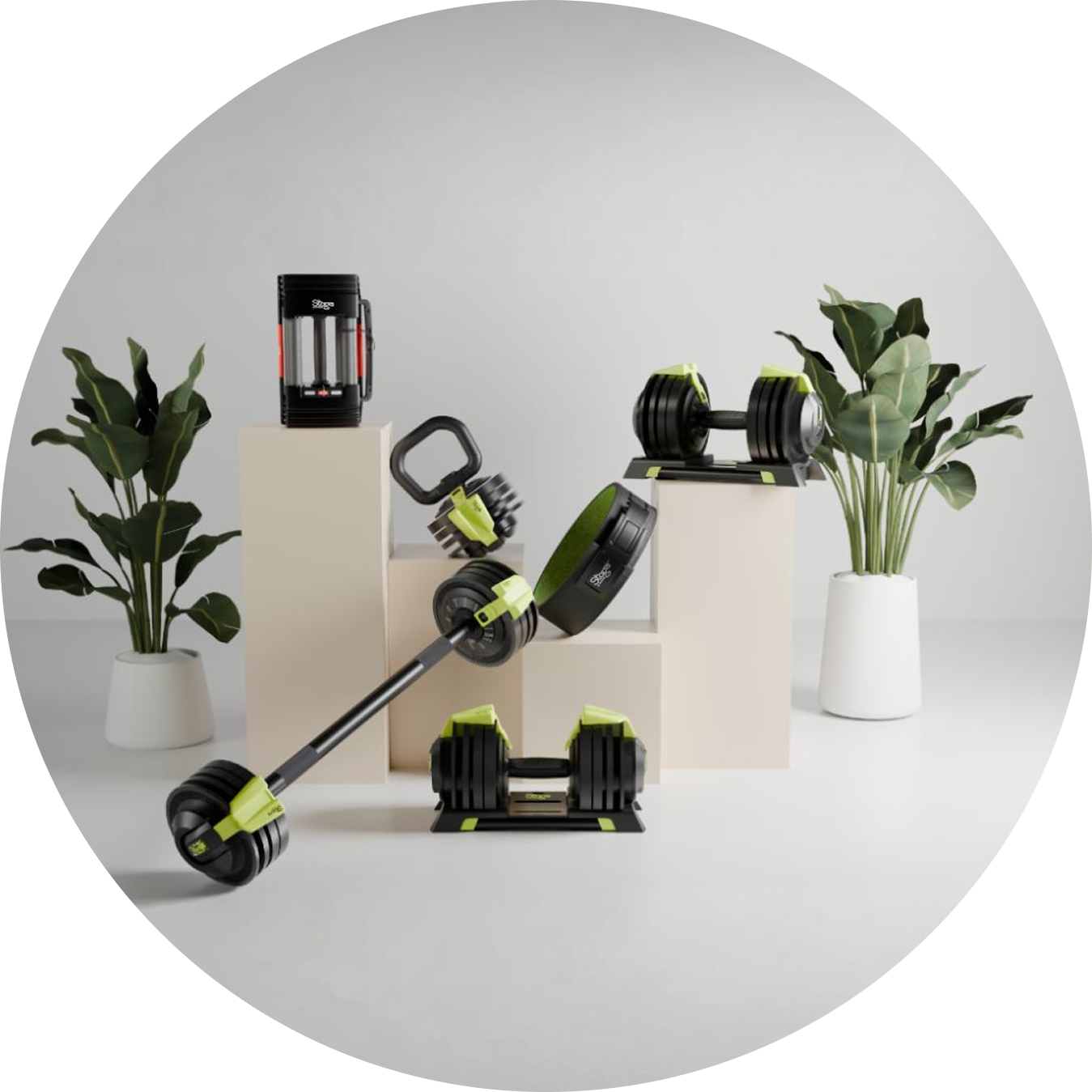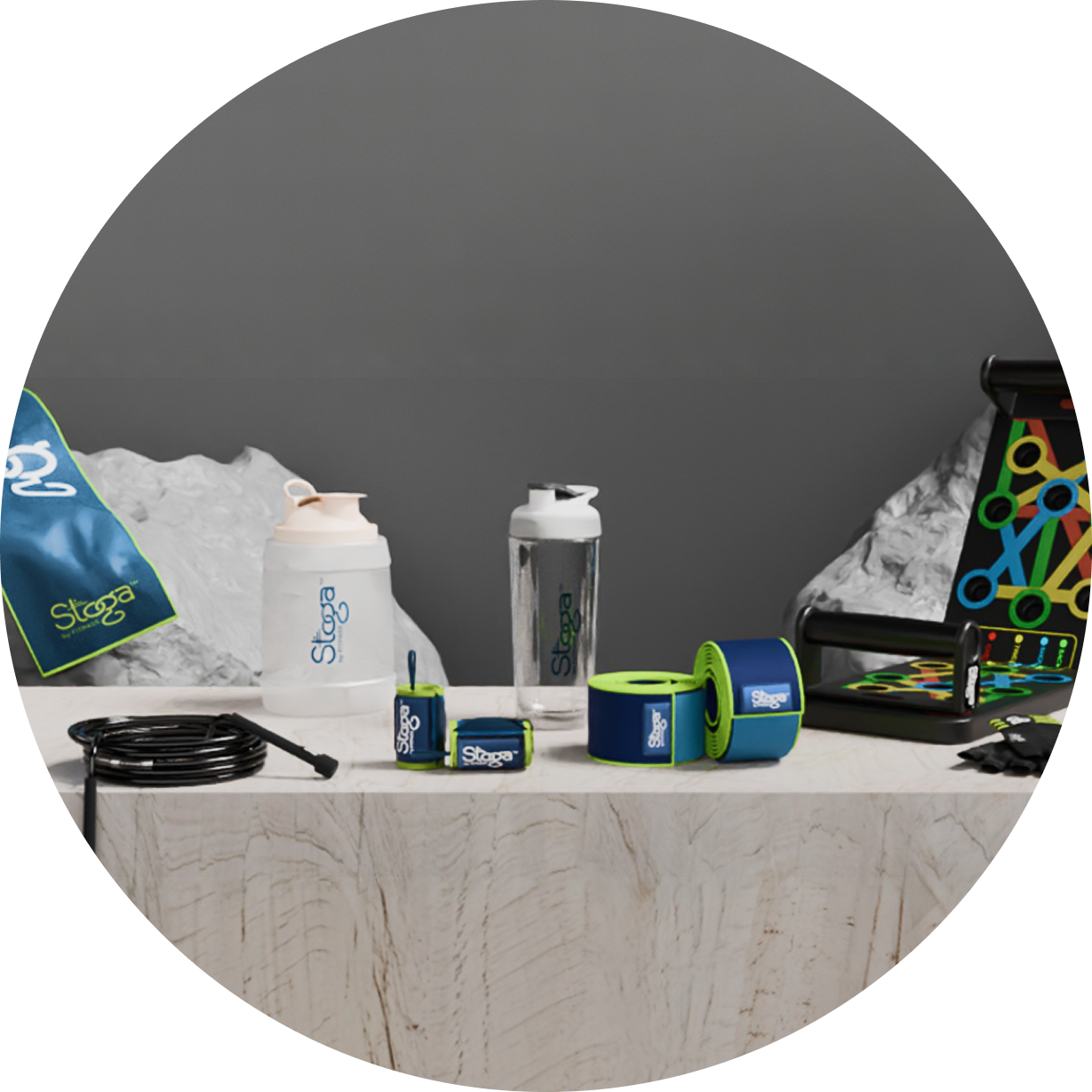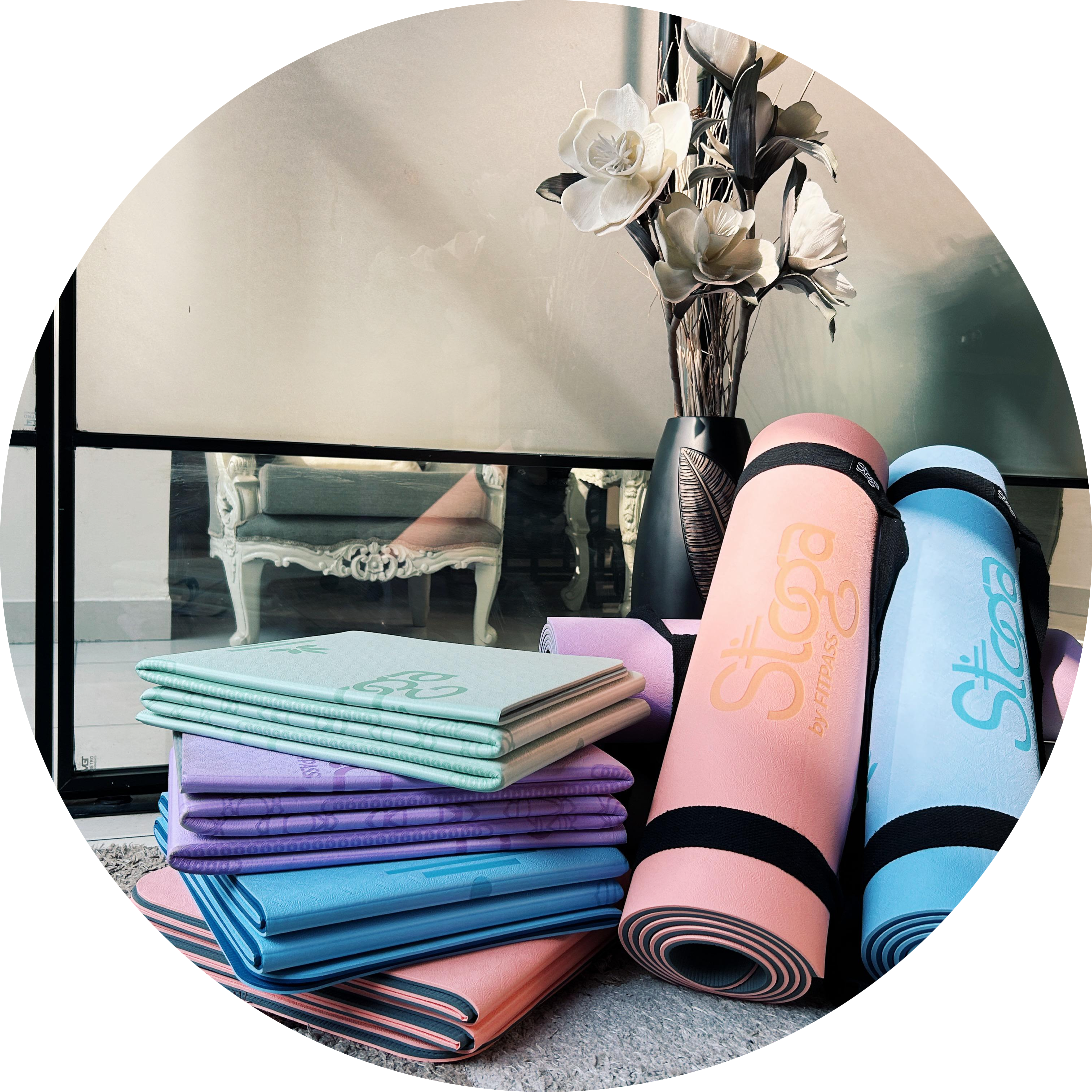Jumping rope is no longer for kids in the playground. It has become a full-body workout tool for fitness lovers of all levels. If you're just starting or looking to level up, this skipping rope guide will help you pick the right rope. From rope types and lengths to weights and materials, everything you need is here.
Let’s jump into the basics of how to choose a skipping rope and why this simple tool can do wonders for your health.
Key Takeaways
- Skipping is a full-body, high-calorie-burning cardio workout that improves heart health, coordination, and endurance.
- Choose your rope based on your fitness goal—light for cardio, weighted for strength, and PVC for beginners.
- Correct rope length matters—use the armpit rule for a comfortable fit, or opt for an adjustable rope.
- Comfortable, non-slip handles and rope durability (based on surface use) enhance performance and longevity.
- Even 10 minutes of structured skipping a day can support weight loss, muscle tone, and mental focus.
- It’s portable, affordable, and fun—perfect for beginners and fitness enthusiasts alike.
Why Skipping Is a Great Workout
Before we help you choose a rope, let’s understand the skipping rope benefits. Skipping is a cardio workout that burns calories, strengthens your heart, and improves coordination. It works your calves, thighs, shoulders, and core.
What’s more? It’s budget-friendly, portable, and fun! Whether you want to lose weight, build endurance, or warm up before a workout, skipping is a great choice.
Understand Your Fitness Goals
Your fitness level and goals will guide your jump rope selection. Are you skipping for weight loss? Coordination? Speed? Or muscle strength?
- If you’re a beginner, you’ll want comfort and control.
- If you're focused on cardio, lightweight ropes work best.
- For strength and endurance, go for heavier ropes.
Keeping your goal in mind makes rope shopping easier and more effective.
Rope Types: Which One Suits You?
Choosing the right rope type is key. Here are the most common ones:
PVC Skipping Rope
Great for beginners and general fitness routines. These ropes are lightweight, affordable, and good for learning the basics.
Steel Cable Speed Rope
Designed for speed and used by athletes and CrossFit enthusiasts. These are thin, fast, and ideal for advanced users aiming for quick rotations.
Weighted Jump Rope
Perfect for building strength and endurance. They challenge your arms and shoulders while helping you burn more calories.
Each type supports different fitness goals. Choose one that matches your needs and experience.
Rope Weight: Light or Heavy?
The skipping rope weight impacts how the rope feels during use. A heavier rope offers more feedback, helping beginners with timing and rhythm. A lightweight rope, however, moves faster and suits speed training.
- Light rope = Better for cardio and speed.
- Medium-weight rope = Best for beginners to build consistency.
- Heavy rope = Builds muscle and improves grip strength.
If you're unsure, start with a medium-weight PVC skipping rope. It’s user-friendly and lets you build skills without fatigue.
Rope Length Matters
Now let’s talk about rope length. If your rope is too short, it will trip you. Too long? It slows you down. That’s why following a skipping rope sizing guide is crucial.
How to Find the Right Length:
- Stand in the centre of the rope with one foot.
- Pull the handles upward.
- The ends should reach your armpits.
Use this basic rule to adjust or buy the correct length. Some ropes come with adjustable features, which are perfect for beginners.
Handle Grip and Material
Your grip can make or break your skipping session. Choose handles that feel comfortable and don’t slip when your hands get sweaty.
- Foam handles: Soft and non-slip.
- Plastic handles: Lightweight but may feel slippery.
- Rubber grip handles: Best for sweaty hands and longer workouts.
Comfort is key. Try a few in stores if possible, to see what suits you best.
Surface and Rope Durability
Where you skip also matters. A PVC rope might wear out quickly on rough concrete. In contrast, a steel cable speed rope with a protective coating lasts longer outdoors.
Use a skipping mat or soft surface to increase rope life. This small step can protect your rope—and your joints!
Best Skipping Rope for Beginners
If you’re just starting, don’t complicate things. The best skipping rope for beginners from Stoga is:
- Lightweight and made of PVC.
- Around 2.5 to 3 metres in length (adjustable).
- Comes with foam or rubber grip handles.
This basic set-up helps you get into the rhythm without tiring out too fast. Once you’re comfortable, you can move on to speed or weighted ropes.
Beginner Jump Rope Tips
New to skipping? Here are some easy tips to get started:
- Start slow: Get the timing right before speeding up.
- Wear the right shoes: Choose supportive shoes to avoid injury.
- Use both arms evenly: Avoid letting one arm do more work.
- Keep knees slightly bent: This helps reduce impact on joints.
- Short bursts work best: Try 30-second sessions to start.
Follow these beginner jump rope tips and soon you’ll skip like a pro!
Benefits of Jump Rope Cardio
Jump rope workouts can burn up to 10-15 calories per minute. It’s not just cardio—it's a full-body exercise that helps:
- Improve balance and jump rope coordination strength.
- Boost metabolism and endurance.
- Enhance brain function and focus.
- Tone your muscles without heavy weights.
These skipping rope health benefits make it an excellent choice for home workouts.
Jump Rope Workout Routines
Don’t just skip randomly. Create a plan! Here are a few jump rope workout routines you can try:
Beginner Routine
- 30 seconds skip, 30 seconds rest (Repeat 5 times).
- Mix in side swings and single-leg hops.
Fat Burn Routine
- 1 min skip, 15 seconds rest (Repeat 6 times).
- Add in squats or push-ups between sets.
Strength Routine
- Use a weighted jump rope.
- Skip for 30 seconds, then do 10 lunges.
- Repeat for 10 rounds.
Even just 10 minutes a day can show amazing results!
Final Tips for Jump Rope Selection
Here’s a quick recap of the jump rope selection tips:
- Match the rope to your fitness level and goal.
- Pick the right length using the armpit rule.
- Choose a comfortable handle grip.
- Think about where you’ll use it.
- Start simple, then upgrade.
Choosing the right rope isn’t hard; it just needs a little planning. Follow this guide and make a confident pick.
Conclusion
A skipping rope is more than a fun tool; it’s a powerhouse workout device that fits in your bag and your budget. Whether you're a complete beginner or a fitness pro, this guide helps you understand how to choose a skipping rope that matches your goals.
With the right rope in hand, you're ready to enjoy the many skipping rope benefits—from heart health and fat loss to better coordination and strength.
So go ahead—grab that rope, get jumping, and transform your workouts one skip at a time!
FAQs
1. What’s the ideal skipping rope length for my height?
Stand in the middle of the rope and pull the handles up. They should reach your armpits. Many ropes come with adjustable lengths.
2. Is skipping better than running?
Skipping burns more calories in less time and is gentler on the knees. It also improves coordination and footwork.
3. Can I use a skipping rope every day?
Yes! Start with short sessions and increase gradually. It’s a great daily cardio option when done with proper form.
4. What’s the difference between a speed rope and a weighted rope?
A speed rope is light and ideal for fast skipping. A weighted rope adds resistance, helping build strength and muscle endurance.







